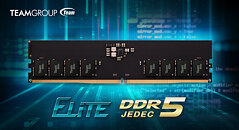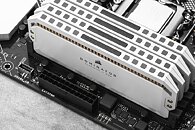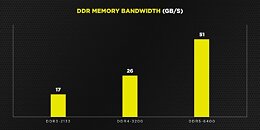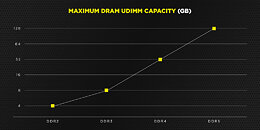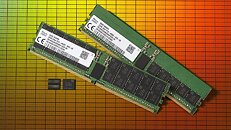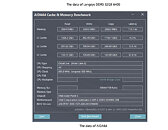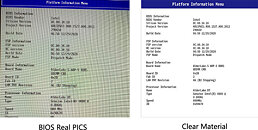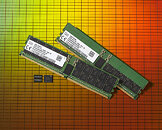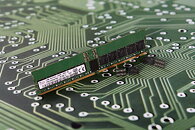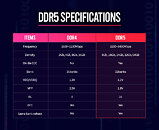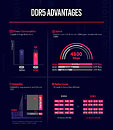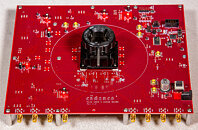
Micron and MediaTek First to Validate LPDDR5X
Micron Technology, Inc. announced today that MediaTek Inc. has validated Micron's low-power double data rate 5X (LPDDR5X) DRAM for MediaTek's new Dimensity 9000 5G flagship chipset for smartphones. Micron is the first semiconductor company to sample and validate this fastest, most advanced mobile memory in the industry and has shipped the first batch of samples of LPDDR5X built on its first-to-market 1α (1-alpha) node. Designed for high-end and flagship smartphones, Micron's LPDDR5X allows the smartphone ecosystem to unlock the next wave of data-intensive applications powered by artificial intelligence (AI) and 5G innovation.
The market delivery and validation of Micron's industry-leading 1α-based LPDDR5X solidifies its product innovation and leadership in the mobile ecosystem, following industry-first launches for LPDDR5, 1α-based LPDDR4X, 176-layer NAND-based UFS 3.1 and uMCP5 solutions. This most recent milestone follows quickly on the heels of JEDEC's July release of the LPDDR5X extension to LPDDR5, created to offer higher bandwidth and memory speed for enhanced 5G communication and performance while still conserving power. Micron has validated samples supporting data rates up to 7.5 Gb/s, with samples supporting data rates up to 8.533 Gb/s to follow. Peak LPDDR5X speeds of 8.533 Gb/s deliver up to 33% faster performance than previous-generation LPDDR5.
"Innovating cutting-edge smartphone experiences requires memory technology built to address the massive bandwidth demands of the mobile market," said Raj Talluri, senior vice president and general manager of Micron's Mobile Business Unit. "Our collaboration with MediaTek to validate the world's most advanced mobile memory empowers the ecosystem to deliver the next wave of rich mobile features enhanced by 5G and AI."
The market delivery and validation of Micron's industry-leading 1α-based LPDDR5X solidifies its product innovation and leadership in the mobile ecosystem, following industry-first launches for LPDDR5, 1α-based LPDDR4X, 176-layer NAND-based UFS 3.1 and uMCP5 solutions. This most recent milestone follows quickly on the heels of JEDEC's July release of the LPDDR5X extension to LPDDR5, created to offer higher bandwidth and memory speed for enhanced 5G communication and performance while still conserving power. Micron has validated samples supporting data rates up to 7.5 Gb/s, with samples supporting data rates up to 8.533 Gb/s to follow. Peak LPDDR5X speeds of 8.533 Gb/s deliver up to 33% faster performance than previous-generation LPDDR5.
"Innovating cutting-edge smartphone experiences requires memory technology built to address the massive bandwidth demands of the mobile market," said Raj Talluri, senior vice president and general manager of Micron's Mobile Business Unit. "Our collaboration with MediaTek to validate the world's most advanced mobile memory empowers the ecosystem to deliver the next wave of rich mobile features enhanced by 5G and AI."

















